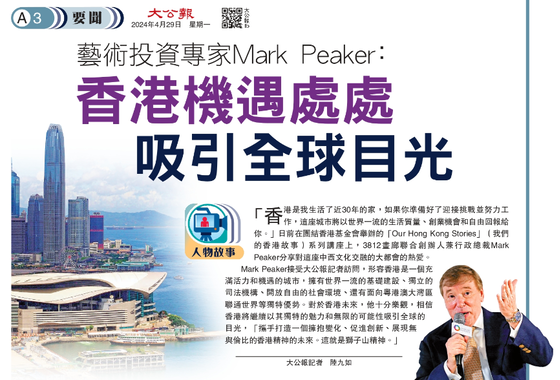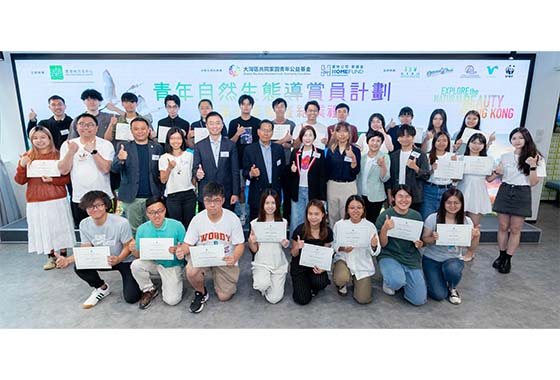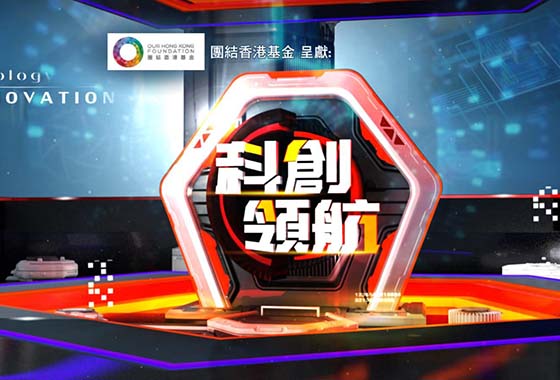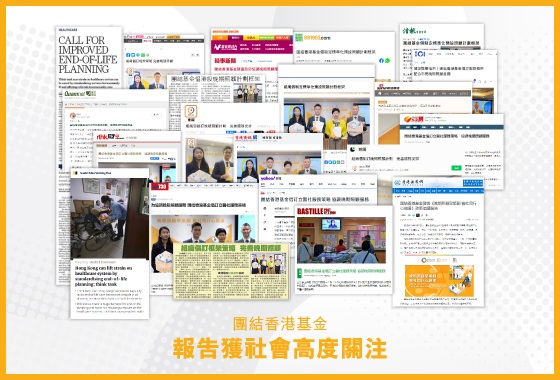Belt and Road Initiative at 10: unveiling new era of global connectivity
This article appeared originally in China Daily on 3 Jan, 2024.
Authors: Jane Lee, President of Our Hong Kong Foundation
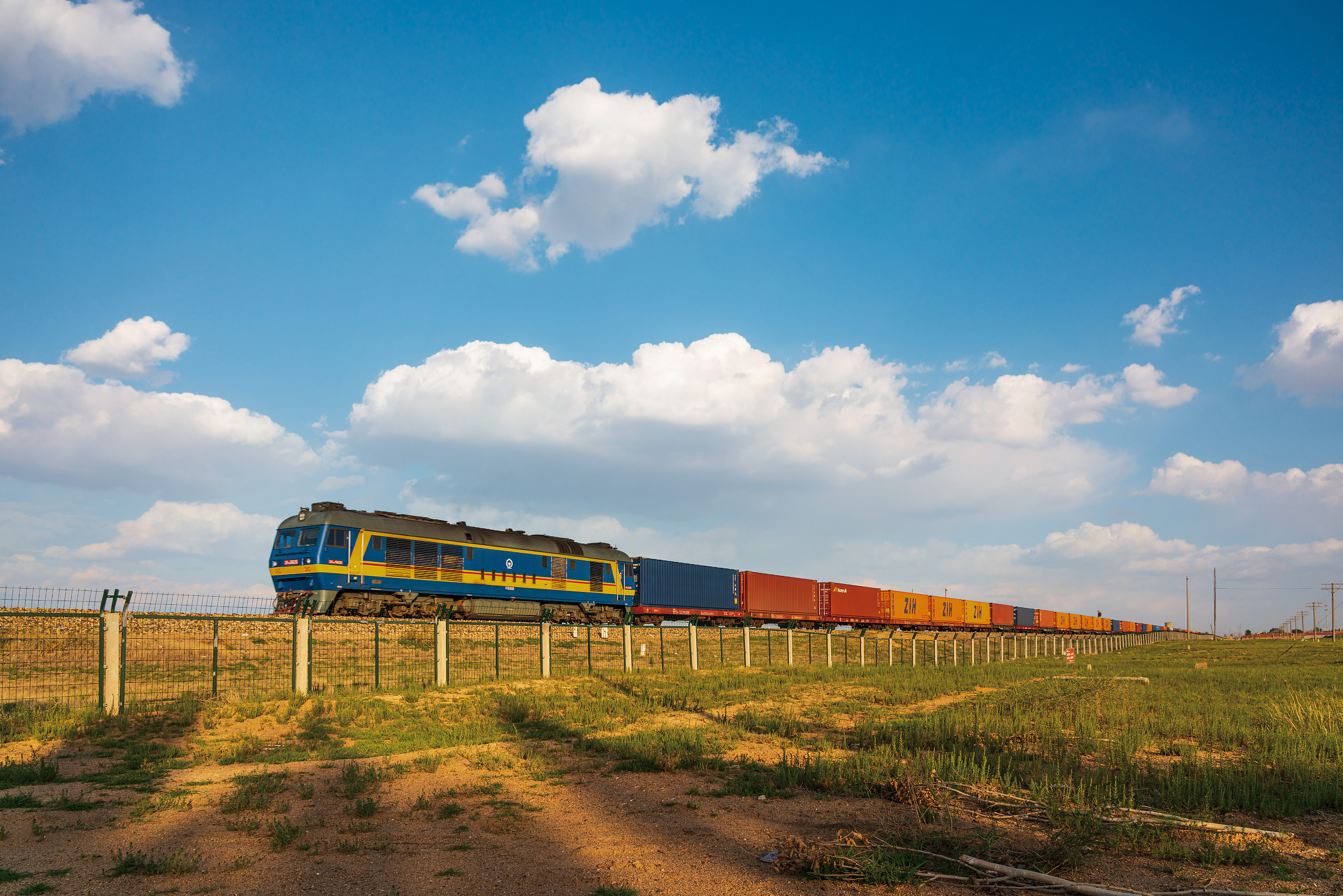
The Belt and Road Initiative (BRI) is one of the most visionary, ambitious, and transformative projects in modern history. Its genesis rests in the rich history of the Middle Kingdom, which connected civilizations and promoted trade and culture along the ancient routes of the Silk Road, linking Asia, the Middle East and Europe more than 2,200 years ago until the 15th century.
In 2013, President Xi Jinping announced his vision to enhance international connectivity, foster economic cooperation, and create a new era of sustainable development, prosperity and people-to-people exchanges.
During the first 10 years of its existence, significant achievements have been made in infrastructure development and trade facilitation, often in previously underdeveloped areas, and enhanced diplomatic cooperation across Asia, Europe, Africa, and beyond.
The BRI comprises the Silk Road Economic Belt, which focuses on land-based connectivity across Asia, the Middle East, and Europe, and the 21st Century Maritime Silk Road, which expands maritime routes across South and East Asia, Africa, and the Middle East.
One of the primary objectives of the initiative is to improve physical infrastructure, including roads, railways, ports, and energy facilities. Numerous projects have been initiated, including the China-Pakistan Economic Corridor, the Jakarta-Bandung High-Speed Railway, and the Port of Piraeus in Greece. These initiatives have bolstered regional connectivity and spurred economic growth.
Of course, projects of this complexity and scale have their critics, nowhere more so than in the United States. “Concerns” have been raised regarding aspects of the BRI, particularly debt sustainability for participants, environmental impact, and transparency in project execution.
Understandable lessons have been learned along the way, and new challenges must be acknowledged and addressed. Italy, the only G7 country involved, recently withdrew because of pressure from Brussels and also due to the fact that trade with China has yet to increase by as much as expected. Many observers believe the move is a little short-sighted.
Interestingly, some 10 years after the BRI commenced, the US recognized the merits of peaceful outreach and engagement and attempted to follow suit. At the last G20 Summit in September 2023 in New Delhi, President Joe Biden announced a strategic plan to link India, the Arabian Gulf and Europe, which is called the India-Middle East-Europe Economic Corridor (IMEC).
This was followed by the announcement of a joint US-EU partnership to connect Angola, the Democratic Republic of Congo and Zambia and develop critical infrastructure in the Lobito Corridor to unlock the enormous potential of sub-Saharan Africa. Significant questions regarding financing these proposals and their timelines and viability still need to be answered.
Although these announcements are welcome, the international community must maintain a watchful eye and consistently evaluate the proposals’ environmental consequences and long-term viability.
To strengthen the momentum of the BRI, President Xi introduced the Global Development Initiative (GDI) in September 2021 to support sustainable economic growth and infrastructure development, promote international cooperation and harness the potential of the digital economy.
In 2022, Xi announced the Global Security Initiative (GSI), which entails respecting and safeguarding the security of every nation by enhancing security governance in a holistic and coordinated manner. It also calls for collaborative efforts to address regional conflicts and global challenges such as terrorism, climate change, cybersecurity, and biosecurity.
And Xi announced the Global Civilization Initiative (GCI) last year. This was designed to promote global development, enhance security, and foster international exchanges, providing Chinese solutions and wisdom to address global challenges.
In its first 10 years, the BRI has opened up many new opportunities for collaboration and engagement. The GDI, GSI and GCI have expanded the BRI vision and increased its opportunities.
To date, many Belt and Road projects have been successfully implemented in various areas.
For example, in October 2015, the Agricultural Bank of China successfully issued the first green bond on the London Stock Exchange, raising $1 billion for investing primarily in clean energy and waste treatment projects.
Brazil’s 2,539-kilometer-long Belo Monte-Rio de Janeiro ultrahigh-voltage direct current transmission line was completed in 2019. It is the world’s longest 800 kilovolt power transmission line, providing electricity that has transformed the lives of some 22 million people, or around 10 percent of the country’s population.
China has shared its hybrid rice technology with dozens of countries participating in the BRI and elsewhere to increase rice productivity. As a result, significant progress has been made in improving food security, alleviating poverty, and improving livelihoods in rural communities.
In addition, scientific and technological cooperation has been established with 84 BRI-related countries, supporting 1,118 joint research projects, and constructing 53 joint laboratories in agriculture, new energy, health, and other fields.
But what does this mean for Hong Kong?
Notably, the 14th Five-Year Plan (2021-25) supports Hong Kong’s participation and contribution to opening-up and developing a modernized Chinese mainland economy and establishing Hong Kong as the primary location for mainland companies to expand into the Belt and Road territories.
As an international trade and finance center, Hong Kong has a wealth of experience across the suite of professional services required to manage and execute all aspects of project development throughout the Belt and Road.
The city has the added advantage of being a land, sea, and air hub with a unique status under the “one country, two systems” governance framework. This enables the city to connect the mainland to the rest of the world and facilitate outbound and inbound trade.
The appointment of a vastly experienced Belt and Road Office commissioner will help maintain momentum, provide direction, and identify opportunities.
At October’s third Belt and Road Forum for International Cooperation, three projects involving Hong Kong enterprises with a total investment of over $450 million were announced.
Furthermore, as of 2021, direct investment in Belt and Road countries from Hong Kong had reached $120 billion. This reflects an average annual growth rate of nearly 15 percent. Additionally, cross-border trade settlement more than doubled to 9.3 trillion yuan ($1.3 trillion), with an average annual growth rate of over 18 percent in the same period.
These figures reflect substantial economic opportunities that exist for Hong Kong as we embark on the next decade of the BRI.
